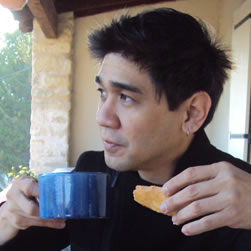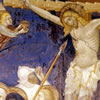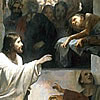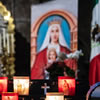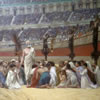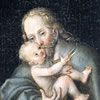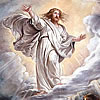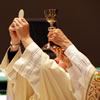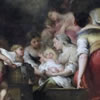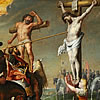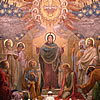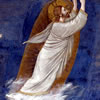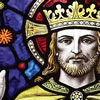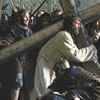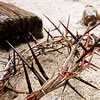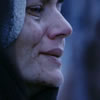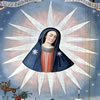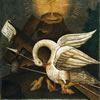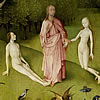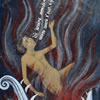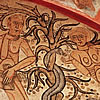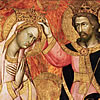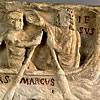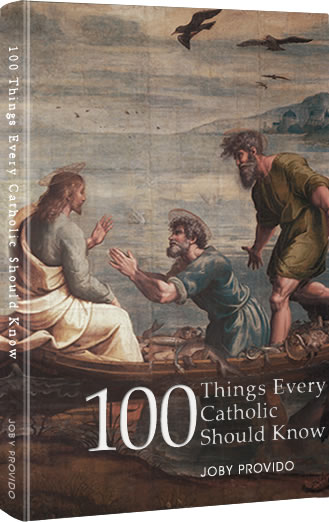Do you know what Christ meant when he said, "I am the light of the world?"
The Gospel of John provides a good context for this (John 8:12-20). It is the Feast of Tabernacles, and one of the exciting rituals took place in a courtyard where the Treasury was. There stood four gigantic candelabras that they would light up at night. Since the Temple was on the highest point of the mountain where the city was located, it lit up the city streets, and could even be seen from afar.
The blaze was a symbol of the pillar of fire that guided the Israelites in their Exodus to the Promised Land. They loving called it, “the light of God’s chosen people.” They danced, and sang psalms, in front of it until the sun came up, as thanksgiving and praise to God.
Light has always been a symbol for God, and so when Christ claimed to be the light of the world, he was claiming to be God for isn’t he the true Light of God’s Chosen People? He is the fire that guides us in our own Exodus from this sinful world into the true Promised Land of Heaven.
Light is very peculiar though. It isn’t just something we see, but the thing by which we see other things. In total darkness, without any light at all, we cannot see anything. If the light is dim, we can mistake things for something else. Reading in such conditions is difficult and will undoubtedly give one a headache eventually. But if the light is bright, we see everything as they are. We can make out even the tiniest of details. Small text that we couldn’t possibly make out, in a dimly lit room, becomes readable.
Christ is a light in this way. Our personalities, our experiences, and the society we live in tends to bias our perceptions and decisions. These are the curtains that dim the light, and in that diffused state we cannot see clearly. But, if we view things through Christ, we see things through the eyes of God who is all-knowing, and all-loving. And we can only discern this in the silence of meditative prayer.
Another peculiar thing we do with light is that we put it in front of us when we journey. It is supposed to light the path for us to follow, which is why vehicles have headlines on the very front. Christ should be our headlights just as the pillar of fire was the “headlights” of the ancient Israelites. Just as they followed the light, so should we follow Christ.
When we see the path that Christ lights up for us to follow, we will see that it is the same path he went through. It is a path of self-giving; a path where he carried his cross. It doesn’t mean that seeking happiness and joy is wrong; Christ didn’t teach us to be sadists. In fact, God hard-wired us with an insatiable craving for happiness and joy so we will find him who is the source of bottomless happiness and joy. While that is true, we shouldn’t be surprised that the path leading to that may involve sacrifice and suffering. But if it is the light of Christ that is leading the way, why would we doubt it is THE way to tread. The sooner we accept that, the sooner that we make peace with that, the rest of our journey will be serene.
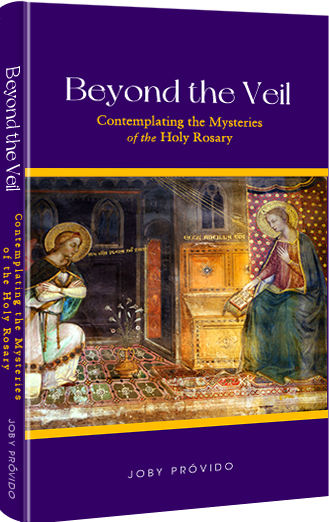
Beyond the Veil
Contemplating the Mysteries of the Holy Rosary
Prayer giants like Pope St. John Paul II, Pope Paul VI, Bl. Archbishop Fulton Sheen, and Bishop Robert Baron advocate that we contemplate on the mysteries of the rosary while we say the vocal prayers. Unfortunately, there are not many books that teach us how to do this. Beyond the Veil comes to the rescue by suggesting seven ways we can pray the rosary the way it was intended.
The larger part of the book offers mental images for each of the mysteries we can use in our contemplation, for how can we imagine the scenes in the rosary if we don't know about them?
Get your copy now either in Hardbound, Paperback, or Kindle
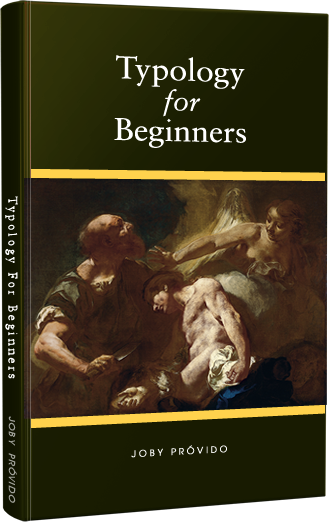
Typology for Beginners
A Catholic Perspective on understanding the New Testament through the Old Testament
First-century Jews converted to Christianity in droves because of the way the New Testament was written to show Jesus was the Messiah promised by the Old Testament. We also learn about how Mary is the New Eve and the Ark of the Covenant in the way the writers portray her.
Through typology, the patterns that connect the Old and New Testaments make the Bible stories more accessible so that one becomes excited to read Sacred Scripture again.
Get your copy now either in Hardbound, Paperback, or Kindle
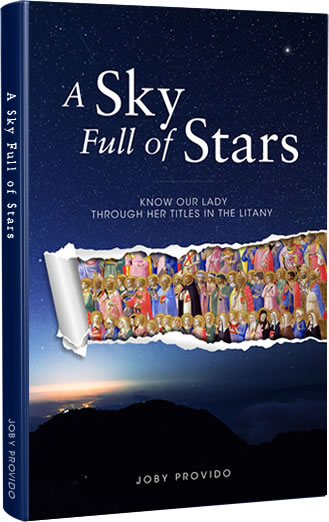
A Sky Full of Stars
Know Our Lady through her Titles in the Litany
The Church helps us understand who Mary is by honoring her with different titles in the Litany of the Blessed Virgin Mary. Unfortunately, over time and difference of culture, we might not grasp what it is the Church is ascribing to her and lose that opportinity to get to know her.
In A Sky Full of Stars, each title of the Litany is explained so we get know Mary more and fall in love with her all over again.
Get your copy now either in Hardbound, Paperback, or Kindle
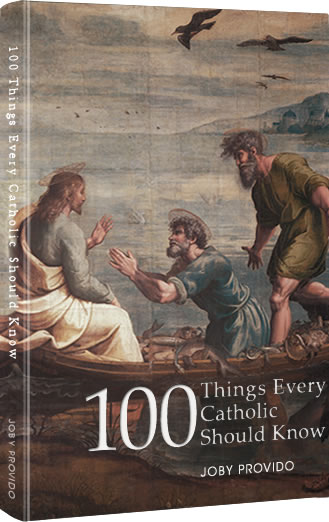
100 Things Every Catholic Should Know
Whether or not you are new to the Catholic Church, or struggling, or lapsed, or dynamically involved, this book will enlighten you with the essentials of the Faith that have been handed down to us by the apostles.
Each of the 100 topics is easy to read and distilled into bite-sized portions. Through cross-referencing, the book also shows how the topics are interrelated. Those who are new to the Faith will find this book an edifying handy reference, and those who have simply forgotten will find it a great review material that might spark a new love for God and religion.
Get your copy now either in Hardbound, Paperback, or Kindle



